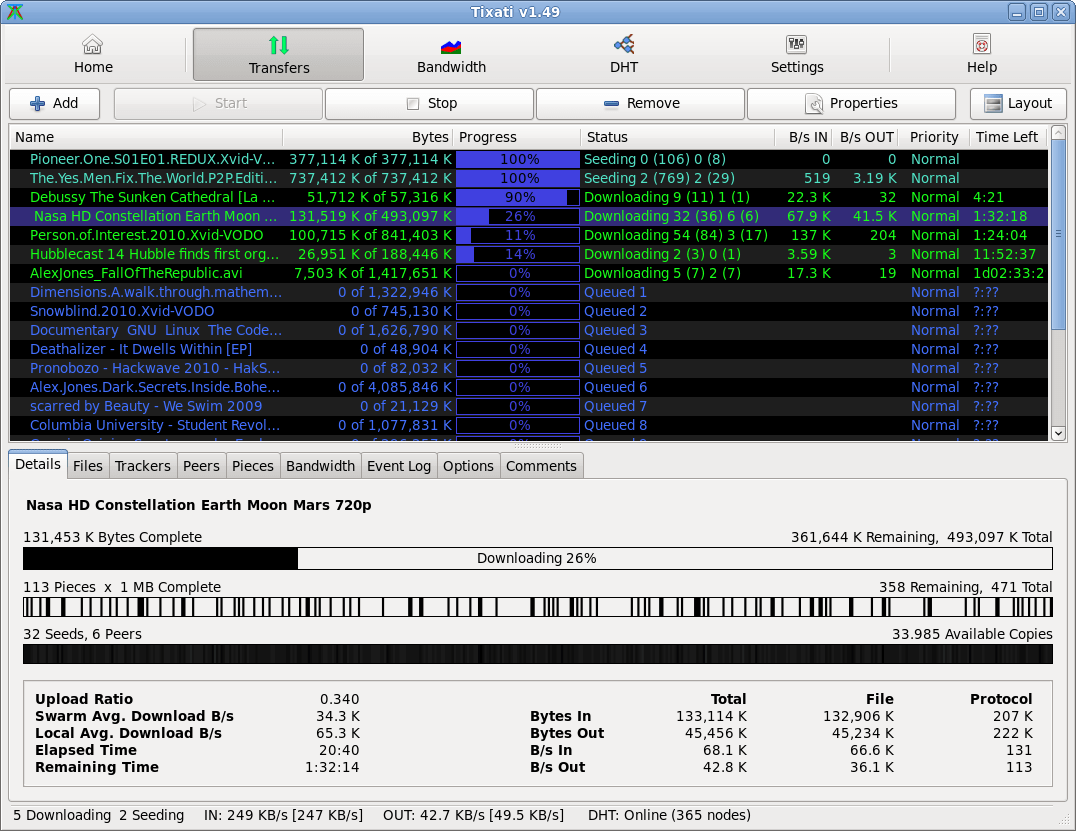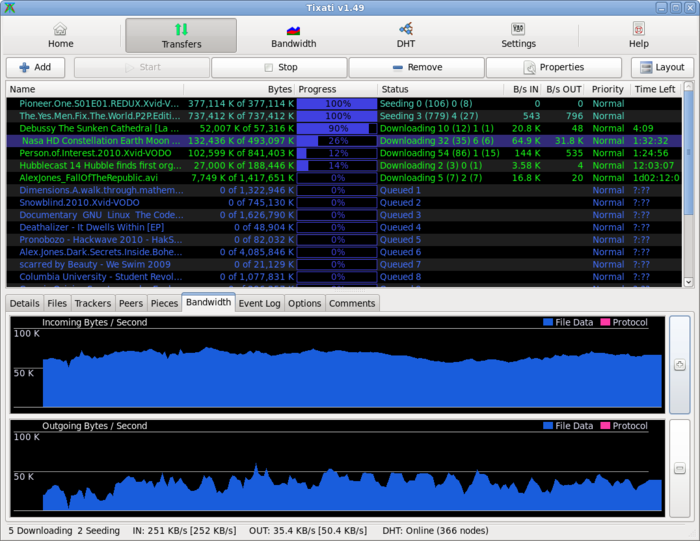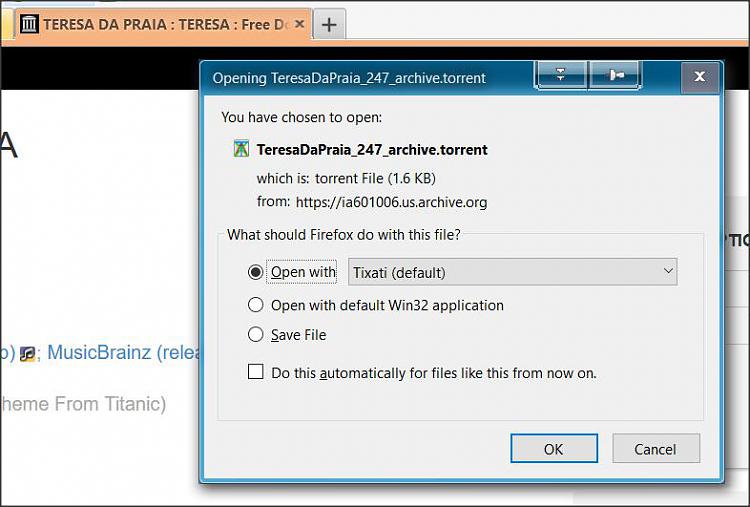

Method 1: Windows Update in Control Panel However, you can change this configuration by using one of the following methods. In case, if you are using update management service, like Windows Server Update Services (WSUS), make sure that updates for Microsoft Defender Antivirus Security.īy default, on Windows Server 2016 or 2019, the Windows Update doesn’t download and install updates automatically.

You must have the Windows Update service running so that you will get an updated antimalware Security intelligence. For that, run the below command from a command prompt. To verify that Microsoft Defender Antivirus is running or not, you can use Command Prompt as an alternative to PowerShell. Run the below PowerShell cmdlet to verify that firewall protection is turned on or not.

Run the below PowerShell cmdlet to verify that Microsoft Defender Antivirus is running on the server Get-Service -Name windefend Verify Microsoft Defender Antivirus is running Install-WindowsFeature -Name Windows-Defenderģ. Run the below command to install Microsoft Defender Antivirus using the PowerShell. Also, select the GUI for the Windows Defender option. In Add Roles and Features Wizard, when you come across the Features step of the wizard, select the Microsoft Defender Antivirus option. Install Microsoft Defender Antivirus on Windows Server 2016 or 2019įor installation, you can use either the Add Roles and Features Wizard or PowerShell to install Microsoft Defender Antivirus. Install-WindowsFeature -Name Windows-Defender-GUIĢ. Run the below PowerShell cmdlet to enable the interface.

Eager to know about ‘windows defender antivirus’ and install it? Then take a peek at this blog.


 0 kommentar(er)
0 kommentar(er)
